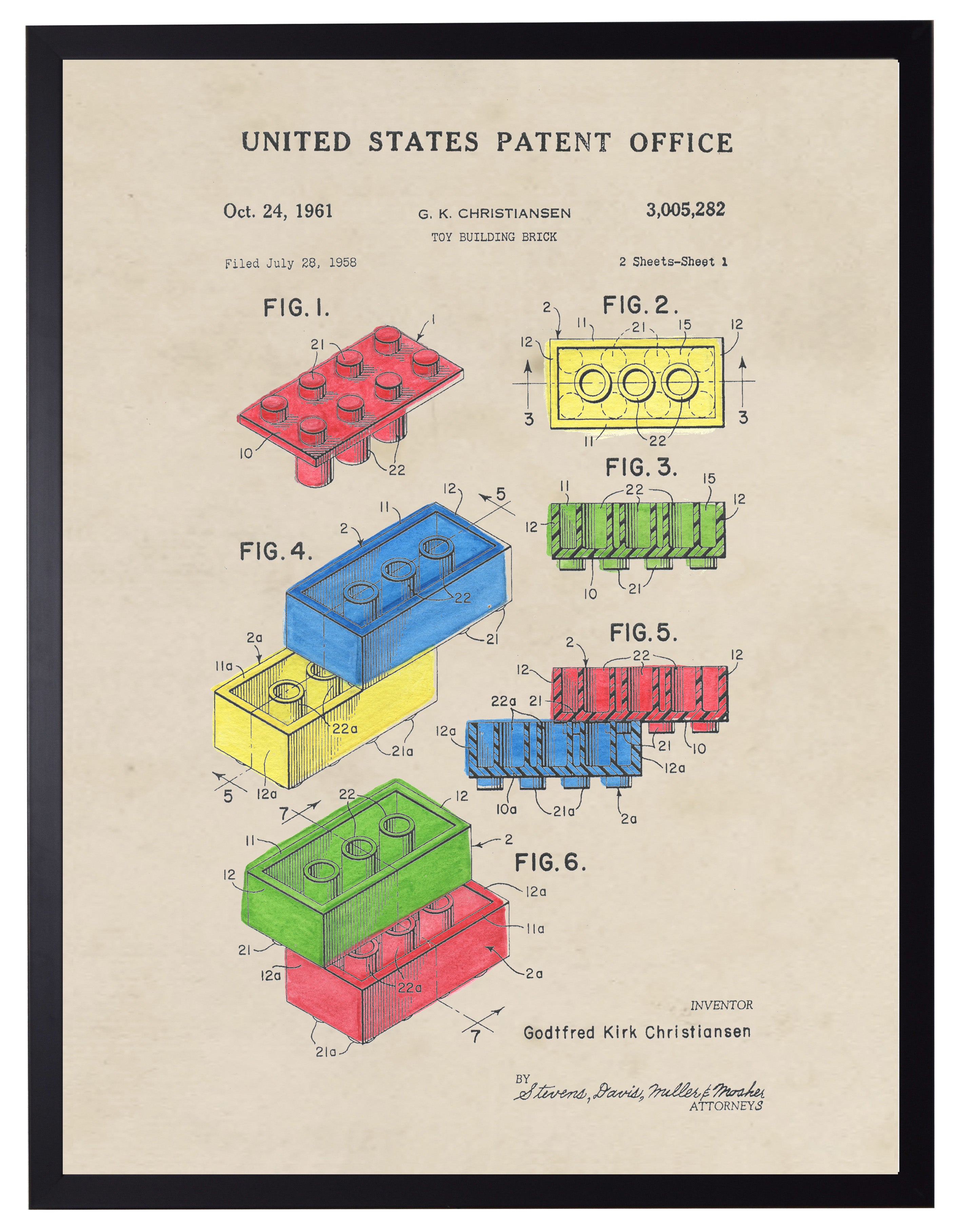Legos have become a beloved staple of childhood for generations, but the iconic building blocks have a much longer and more interesting history than many people realize. The Lego brand was founded in 1932 by a Danish carpenter named Ole Kirk Christiansen and his son Godtfred. They originally produced wooden toys and named the company LEGO, which is derived from the Danish phrase “leg godt,” meaning “play well.”

In 1949, LEGO introduced its first plastic building blocks, which were an immediate success. The original sets were composed of two basic pieces: an eight-knobbed brick and a four-knobbed brick. As the company grew, more complex sets were created, and the bricks were made available in a variety of shapes, sizes, and colors.

In the 1960s, LEGO began to experiment with new ways of connecting its bricks together. This led to the invention of the “clutch power,” which allowed pieces to be secured together more easily and securely. This was a major breakthrough for the company, as it allowed for larger and more intricate builds.

In the 1970s, LEGO introduced its first minifigures, which are still a beloved part of the LEGO world today. Around the same time, the company also began to produce licensed sets based on popular movies, TV shows, and other media. This was hugely successful, and it gave the company the opportunity to reach a much broader audience.

Today, LEGO continues to innovate and create new and exciting products for people of all ages. From its original wooden toys to its modern-day video games and robotic sets, LEGO has come a long way since its humble beginnings. The brand is beloved by millions of people around the world, and it shows no signs of slowing down anytime soon.




